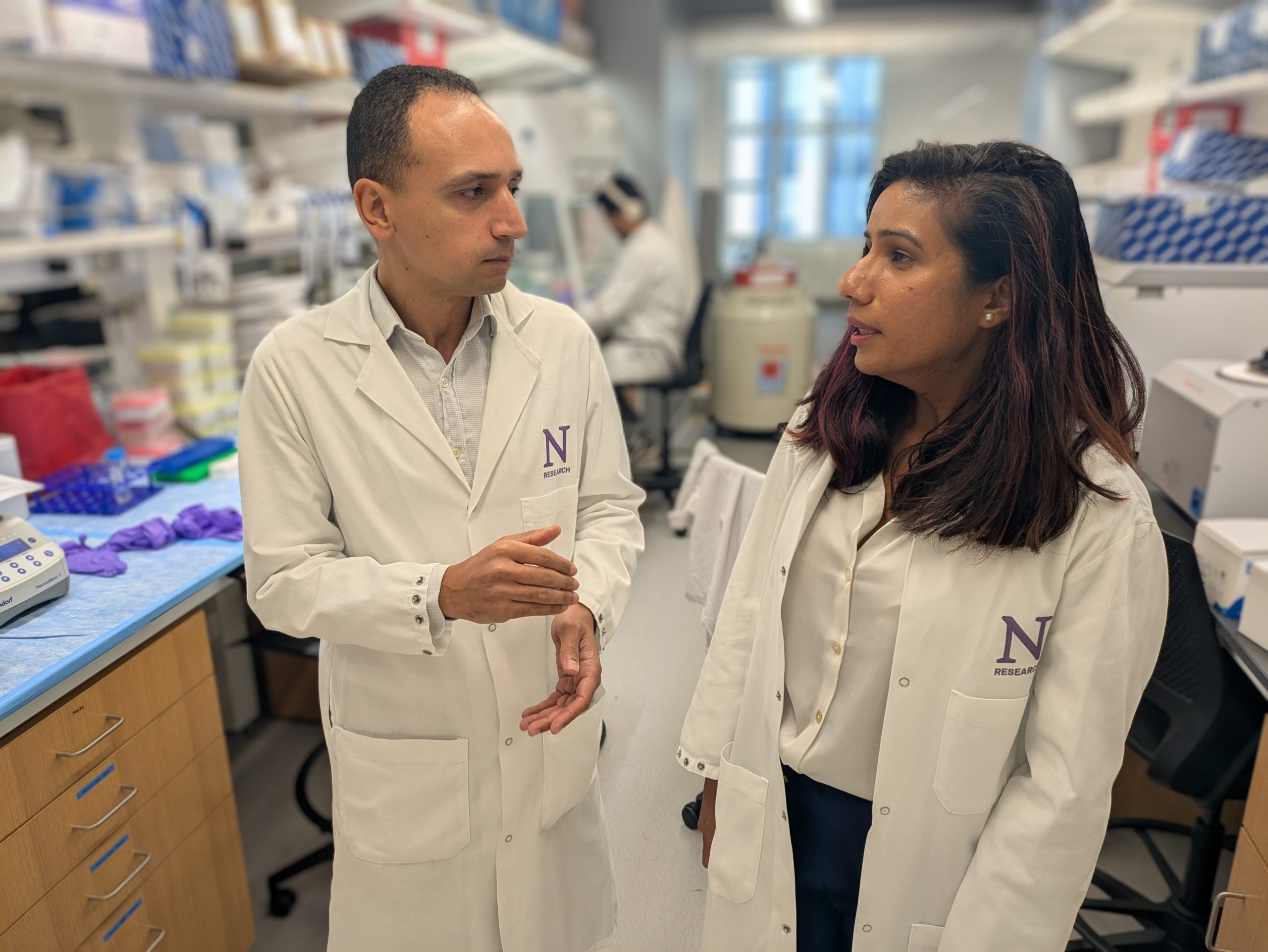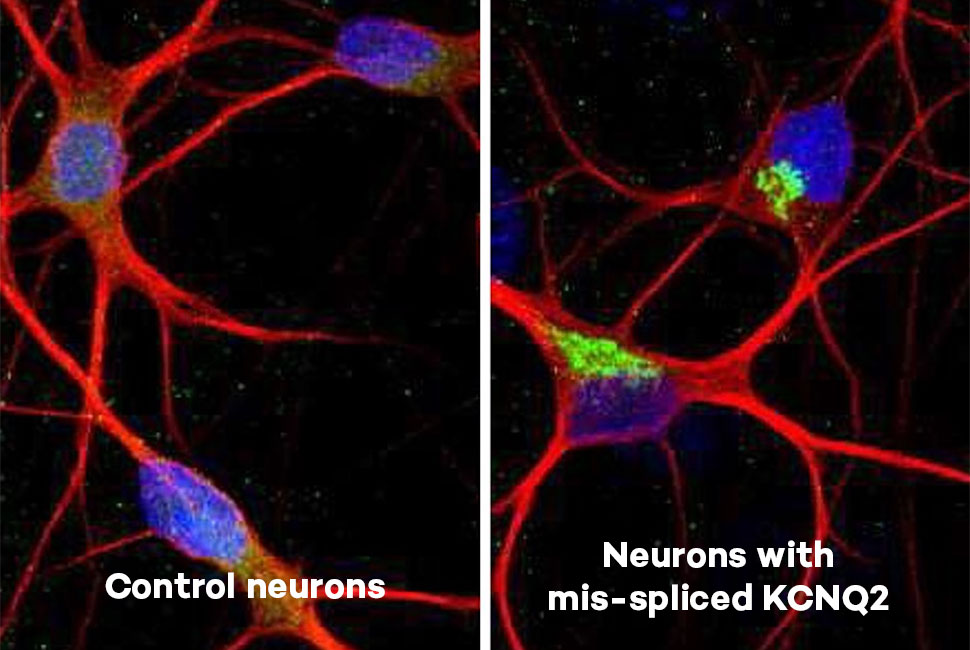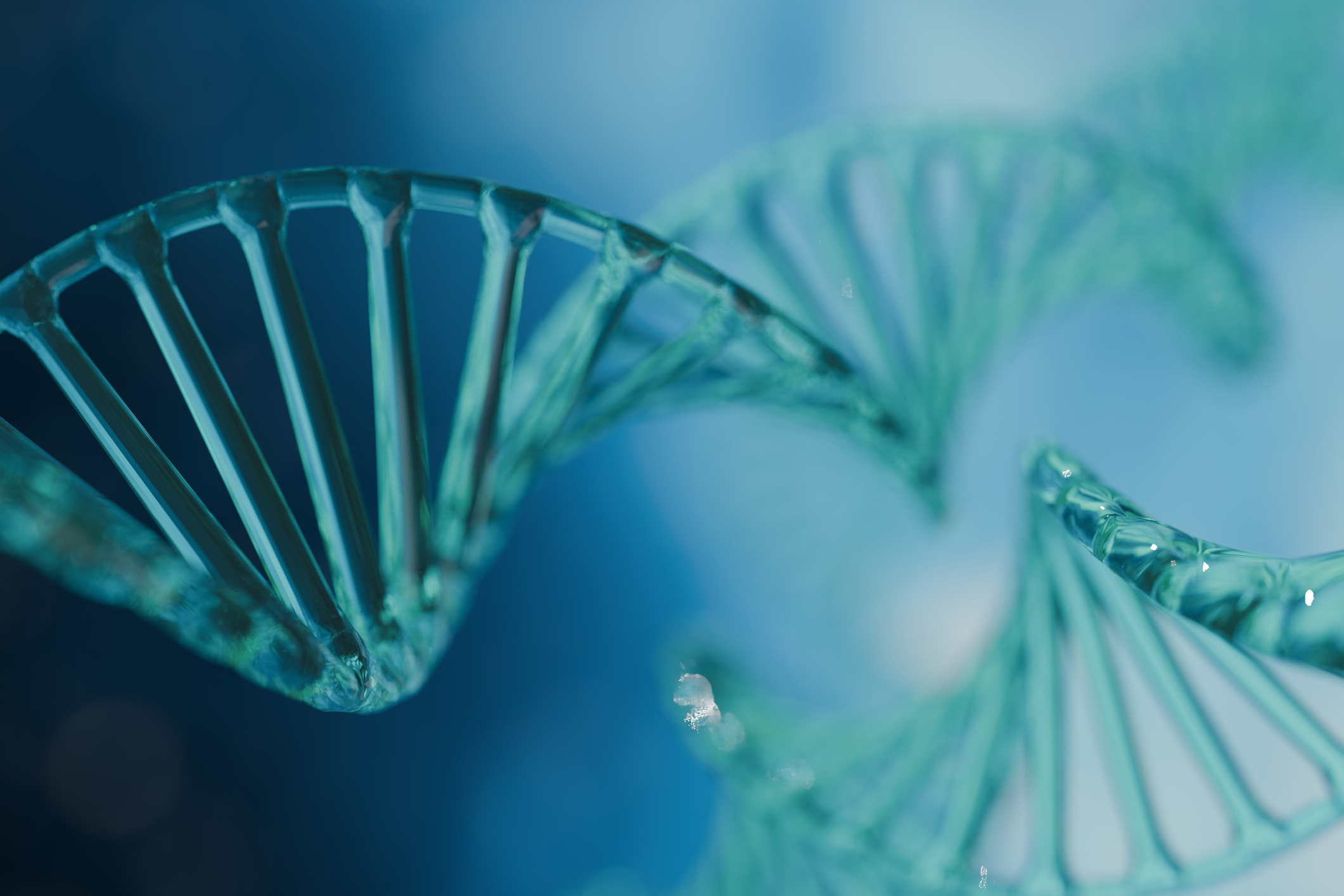
In a study published in in Nature Medicine, Northwestern Medicine scientists identified an enzyme as a potential new target for triple-negative breast cancer (TNBC), a form of breast cancer that is associated with early tumor recurrence and significantly increased mortality rates when compared to receptor-positive breast cancers.
Triple-negative breast cancer (TNBC) is characterized by tumor cells that lack hormone receptors for estrogen and progesterone and abnormal expression of human epidermal growth factor receptor 2 (HER2).
Approximately 10-20 percent of breast cancers are triple-negative, and they are more common among younger, African-American, or Hispanic individuals, as well as those with the BRCA gene mutations.
Patients with TNBC are usually treated with a combination of non-specific chemotherapy, radiation and surgery. Tumors lacking hormone and HER2 receptors preclude clinical application of less toxic, molecularly targeted therapies such as Herceptin and Tykerb for HER2-positive tumors, and Tamoxifen for hormone-receptor positive tumors.
As a postdoctoral fellow at the University of California, San Francisco (UCSF), Dai Horiuchi, PhD, assistant professor of Pharmacology and a member of the Robert H. Lurie Comprehensive Cancer Center, and his colleagues previously discovered that the highly potent cancer causing gene MYC was significantly activated in approximately 50 percent of TNBC cases from a large set of patient tumor samples.
The UCSF team also correlated elevated MYC activity with poor clinical outcomes, suggesting MYC contributes to the aggressive quality of TNBC. But, preclinical testing to directly impact MYC activity with small molecule inhibitors has been unsuccessful.
“An alternate approach to directly inhibiting an undruggable target such as MYC is to find ‘synthetic lethal’ combinations that selectively kill MYC-driven tumors without affecting healthy cells,” explained Horiuchi. “The term ‘synthetic lethality’ refers to a genetic context in which a mutation in a gene, which itself is not lethal, can cause lethality when combined with a mutation in another gene.”
In the current study, Horiuchi and his team at Northwestern and his colleagues at UCSF identified the druggable target PIM1 kinase by employing an RNAi based functional screening approach.
“We found that PIM1 co-exists with MYC in human TNBC samples, and that MYC-driven tumors are dependent on PIM1 to continuously grow in a variety of experimental TNBC model systems, including patient-derived tumors orthotopically grown in animals,” said Horiuchi. “We have also found that PIM1 expression could serve as a predictor of poor clinical outcomes in patients with TNBC.”
“Our study has successfully identified a specific patient population who can be expected to benefit from a targeted therapy based on PIM kinase inhibition. We have also identified predictive biomarkers of response for the use of PIM kinase inhibitors,” Horiuchi stated.
The study findings regarding the potential clinical applications of PIM kinase inhibitors were also reproduced via different experimental approaches by Andrew Tutt, PhD, MB, ChB, professor of Oncology and director of the Breakthrough Breast Cancer Research Unit at King’s College London; and a consultant clinical oncologist at Guy’s Hospital Breast Unit, London Bridge Hospital.
Pharmaceutical companies are currently testing PIM kinase inhibitors in liquid tumors, such as leukemia and are ready to begin testing against solid tumor types.
“We hope that our work will directly result in the initiation of early phase clinical studies evaluating the efficacy of PIM kinase inhibitors in treating patients with TNBC that exhibits elevated MYC activity, who are in need of novel life-saving therapies,” Horiuchi said.
Additional Northwestern study authors include Lindsey Marsh, PhD, and Ratika Kunder, PhD, both postdoctoral fellows in the Horiuchi lab.
The research was funded in part by the Northwestern Medicine Catalyst Fund and the US National Institutes of Health grants K99CA175700 and R00CA175700.






